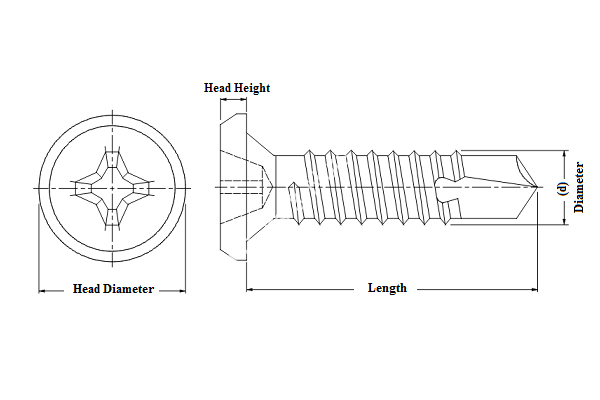Essential Guide to Flat Washer Sizes and Their Applications
Understanding Best Flat Washer Sizes A Comprehensive Guide
Flat washers are essential components in construction, engineering, and manufacturing. They serve various purposes, such as providing a smooth surface for fastening, distributing loads, and preventing damage to materials. However, the effectiveness of a flat washer largely depends on selecting the right size. In this article, we will explore the best flat washer sizes, their applications, and considerations for selection, illustrated with insights from the washer sizes chart.
What is a Flat Washer?
A flat washer is a thin, disc-shaped piece of material with a hole in the center, typically made from metals, plastic, or rubber. It is placed between a fastener (like a bolt or screw) and the surface of the material being fastened. The main functions of flat washers include load distribution, wear prevention, and vibration damping.
Key Factors Influencing Washer Size
When selecting the right flat washer size, several factors should be taken into consideration
1. Fastener Size The inner diameter of the washer must match the diameter of the fastener it accompanies. This ensures a snug fit without compromising the efficiency of the connection.
2. Material Thickness The overall thickness of the materials being joined will also dictate the washer size. Thicker materials may require larger washers to provide adequate support and load distribution.
3. Load Requirements The expected load on the joint can influence the selection of washer size. Larger washers can distribute load more effectively and reduce stress on the materials, making them suitable for heavy-duty applications.
4. Environment The operating environment, such as exposure to moisture, chemicals, or extreme temperatures, might necessitate a specific type of material for the washer, potentially affecting size choice as well.
Standard Sizes of Flat Washers
best flat washer sizes chart

Though flat washers come in a range of sizes, there are standard dimensions that are commonly used across various industries. These sizes are usually categorized based on the American National Standards Institute (ANSI) standards, specifically ANSI B18.22.1. The table below summarizes some typical flat washer sizes
| Washer Diameter (inch) | Inner Diameter (inch) | Thickness (inch) | |------------------------|---------------------|------------------| | 1.0 | 0.375 | 0.05 | | 1.25 | 0.5 | 0.063 | | 1.5 | 0.625 | 0.08 | | 2.0 | 0.875 | 0.12 | | 2.5 | 1.125 | 0.125 |
These sizes ensure compatibility with standard fasteners, making them easy to source and replace.
Choosing the Right Washer
To select the best flat washer size for your project, follow these guidelines
1. Consult the Chart Utilize a reliable washer sizes chart as a reference. This can provide quick insight into the inner diameter, outer diameter, and thickness of the washer needed for specific fasteners.
2. Conduct a Load Analysis Assess the loads that will be applied to the fastened joints. Using larger washers can help distribute these loads and mitigate potential damage to the work materials.
3. Consider Material Selection Based on the environment where the washers will be used, choose a material that can withstand any adverse conditions, such as moisture or harsh chemicals.
4. Test and Evaluate If feasible, perform tests in your specific application to determine the best washer size. This might involve varying sizes to assess which provides the optimal balance of strength and compatibility.
Conclusion
Selecting the proper flat washer size is critical for ensuring the integrity and longevity of a joint. By understanding the various factors that influence washer choice, and consulting size charts and standards, users can make informed decisions that enhance the performance of their projects. Whether in construction, automotive manufacturing, or any engineering field, the right flat washer can significantly impact efficiency and reliability. Always remember to take into account material type, load requirements, and environmental conditions when determining the best flat washer size for your needs.
-
Top Choices for Plasterboard FixingNewsDec.26,2024
-
The Versatility of Specialty WashersNewsDec.26,2024
-
Secure Your ProjectsNewsDec.26,2024
-
Essential Screws for Chipboard Flooring ProjectsNewsDec.26,2024
-
Choosing the Right Drywall ScrewsNewsDec.26,2024
-
Black Phosphate Screws for Superior PerformanceNewsDec.26,2024
-
The Versatile Choice of Nylon Flat Washers for Your NeedsNewsDec.18,2024










